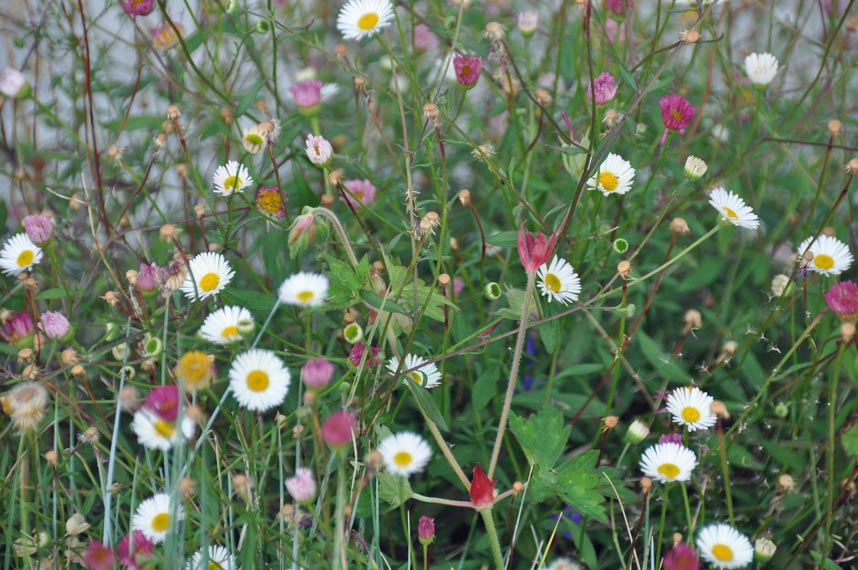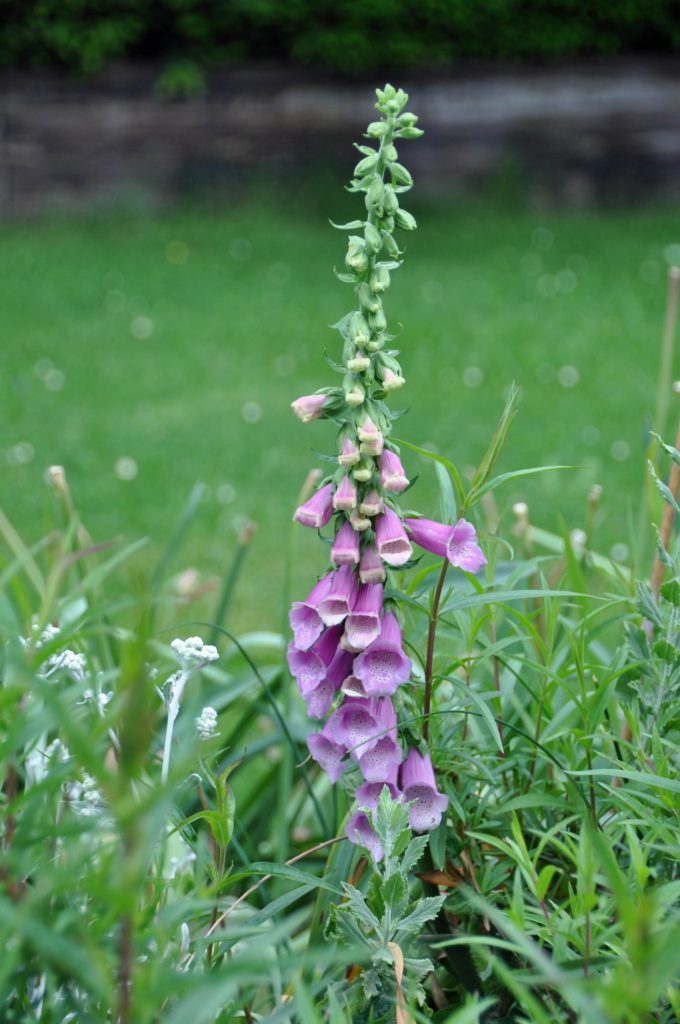Come the apocalypse, it seems clear that the British will ignore the entire event as much as possible and focus on their gardening or DIY. Alongside complaints about the weather will be furtive requests for the location or mobile number of hairdressers willing to break curfews.
Everyone needs a gardening project in the face of disaster and potential WW3 so having decided to turn the smallish lawn at the top of my garden into a meadow, I started looking around for some advice. The best of the books on the topic that I’ve managed to find is by Christopher Lloyd, Meadows.
It works for a number of reasons.
It’s not didactic, especially from an environmental or organic view. He is interested in what works in a very practical sense when talking about how one might clear the land to sow seed if required, how often to cut the meadow and when etc. It also has a lovely long list and description of plants that he’s tried in his meadows across a variety of circumstances (wet/dry, aspect etc)
It is a surprisingly beautiful and well written book, with photos that give a real feel for what can be achieved through the year in the UK albeit on a much grander scale than my small plot. He talks about his planting of real life meadows at Dixter, the successes and the failures. There are Spring pictures of meadows full of crocus, or fritelaria or daffodils followed by pictures of cammasia squamish that really stood out.
The book clears away a lot of confusion about what it means to create a meadow, as opposed to a cornfield or indeed a prairie styled garden. Most people when thinking of a wildflower garden will be thinking of fields full of poppies and cornflowers, not really thinking through the conditions that those plants need ie annual plants, fertilised soil, no grass or sod of any kind to compete.
To create a field of poppies you would need to clear the lawn entirely, improve fertility and sow seed, year after year. To be honest, it sounds like far too much work for a couple of weeks of glory. I’d probably have more joy seeding poppies into my grave than into my lawn.
A prairie garden seems more possible, not least because many prairie plants we’ve adopted in this country have become mainstays of the perennial border. Rudbeckias, coneflowers, sedums etc all have a place in my garden already. But ultimately a ‘proper’ prairie garden or border would have clumps of plants interspersed with great big clumps of decorative grasses and that’s not quite what I want.
A meadow is a plot with permanent continuous grass or sod into which plants grow, most obviously things like cowslips, plants which cope well with relatively low fertility, that can compete with our tough British grass mats. But whilst I can clearly imagine a Spring meadow looking beautiful, I struggle to see the same plot attractive in late Summer to Autumn without at least a few of the prairie plants dotted though the grass.
The book’s advice is clear: plant proper sized plants rather than seed (unless you want to clear the sod manually or by nuking it with weed killer for the first year) so I’ve planted in some gaura and knautia; some Veronica too. The bulbs planted last Autumn have been a bit hit and miss thanks to the squirrels, though I can see a few growing in the neighbours plot. As result I’ve ordered some more crocus and daffodils, some triteleia too but will look to buy some heavy wire cloches to protect them better this year.
As always after the start of each gardening project comes the realisation that nothing happens quickly. Christopher Lloyd’s parents bought Dixter and started gardening there in 1910. I have maybe ten to twenty years left to work actively and see my garden develop – it might just about be presentable by the time I pop my clogs and a new family arrive to rip it all out!








